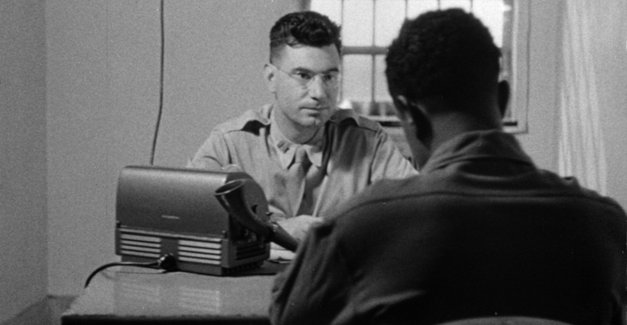What a story! A Detroit construction laborer named Sixto Rodriguez was also a singer-songwriter who cut two albums in 1970 and 1971. The albums didn’t sell in the US, and he faded back into obscurity. Yet in South Africa – completely isolated by the sanctions of the apartheid era – the artist known as Rodriguez became huge, and his songs fueled a protest movement. Rodriguez never knew of his success, and South Africans believed that he had suffered a dramatic rock star death. The powerful documentary Searching for Sugar Man is the story of some stubborn South African music geeks trying to find out what really happened to Rodriguez, and the startling truths that they uncovered. (The title comes from Rodriguez’ most iconic anthem, the song Sugar Man.)
I have never seen a biographical documentary of a contemporary figure with less comment from the subject himself. There is a brief filmed interview with the eccentric Rodriguez, who reveals very little of his perspective on his own story. His songs can only be written by a reflective person, but Rodriguez is the farthest thing from self-absorbed. Still, the interviews with his family, friends and fans and his songs help us feel like we know him.
It’s a flabbergasting and unpredictable story and well told. It’s worth searching out Searching for Sugar Man.

